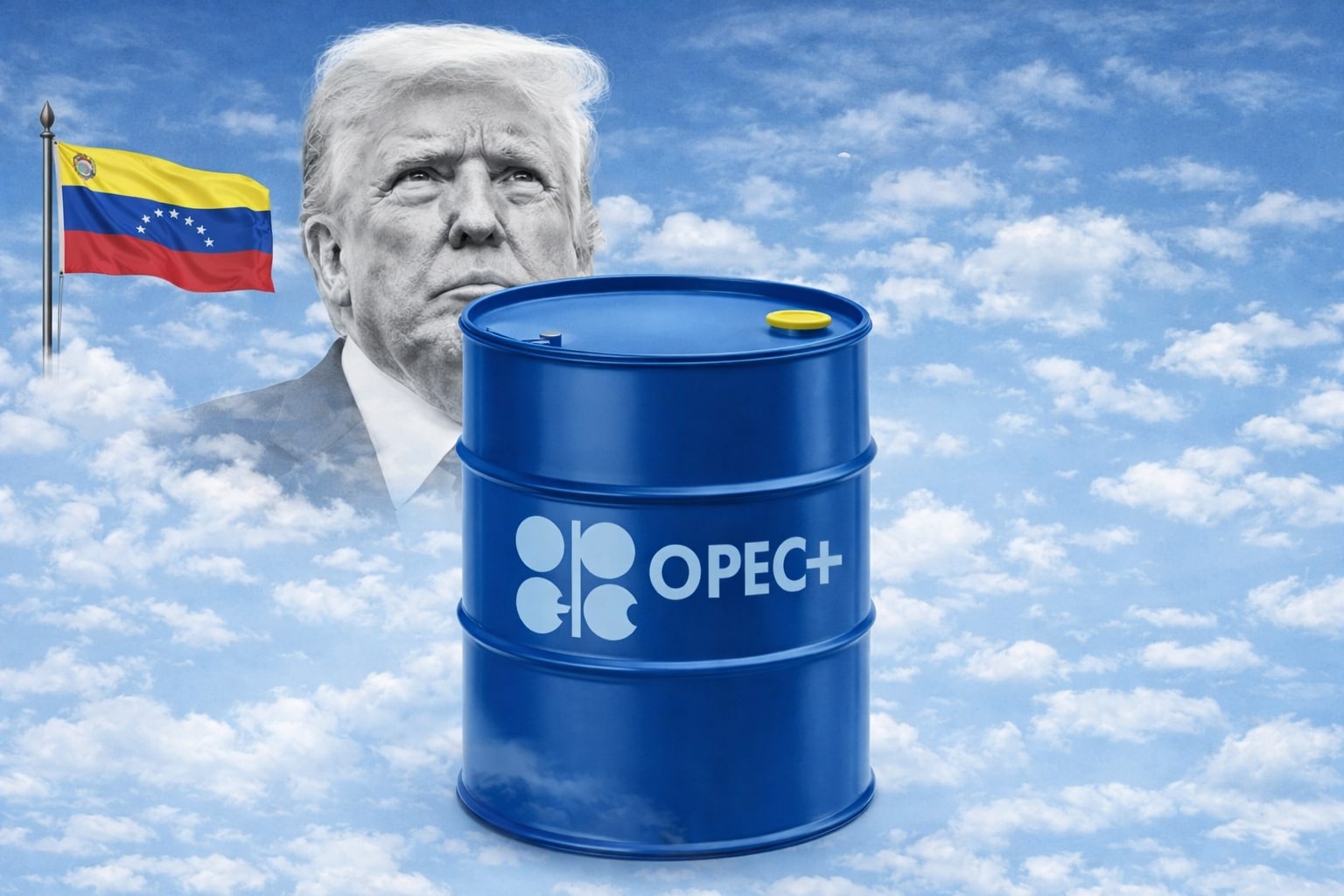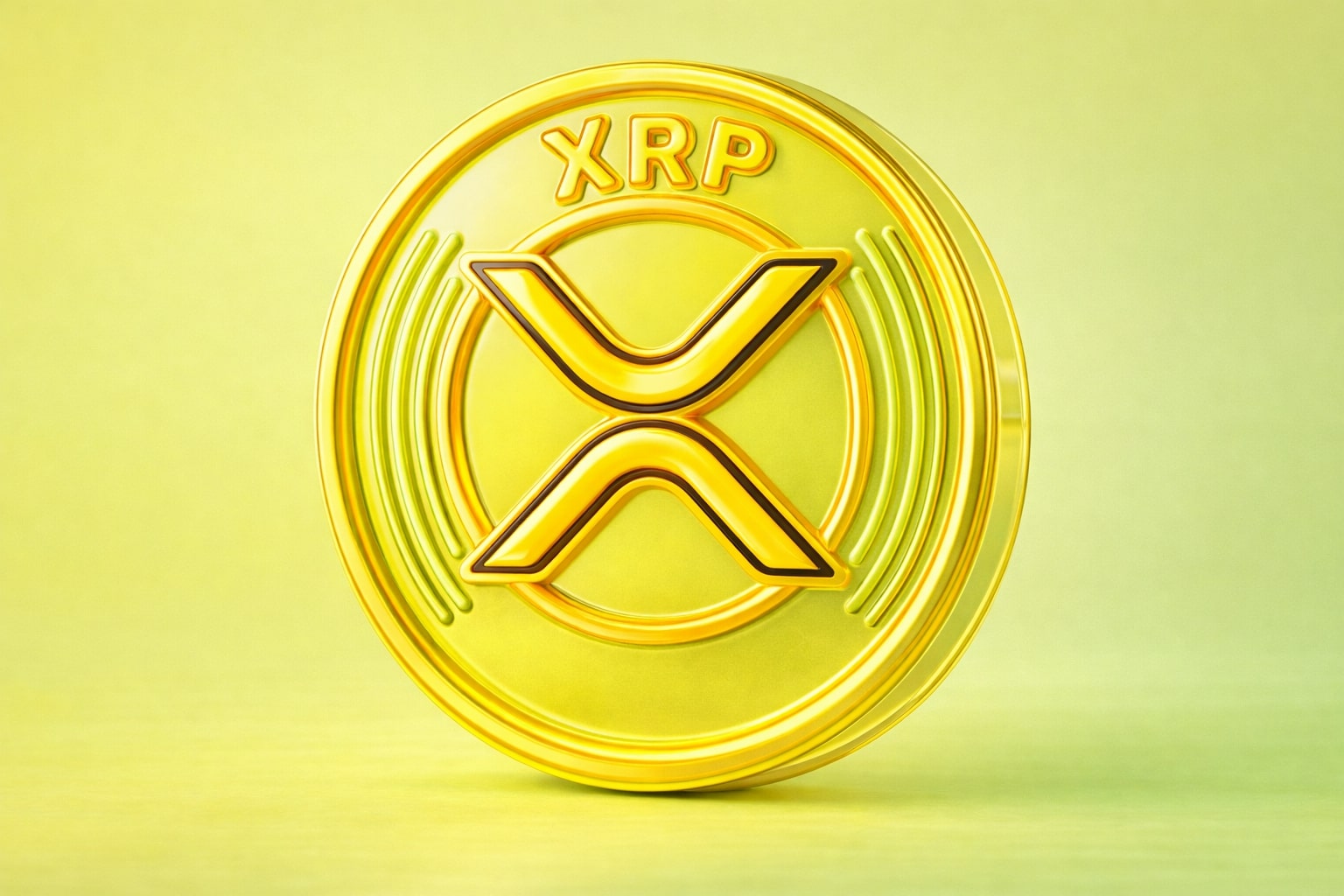
Oil Price Forecast - Oil WTI (CL=F) Falls to $60.16 As Rising Inventories and Strong Dollar
Crude sinks for a third day — WTI at $60.16 (-1.88%), Brent at $64.41 (-1.84%) — as EIA reports a 2.5M-barrel build, the dollar strengthens, and OPEC+ weighs only a modest 137,000 b/d increase | That's TradingNEWS
WTI (CL=F) Slides To $60.16 As Dollar Strength, OPEC+ Hesitation, And Russian Sanctions Pressure Market
WTI crude (CL=F) fell sharply to $60.16 per barrel, down 1.88%, extending a three-day decline amid intensifying supply concerns and stronger dollar dynamics. Brent (BZ=F) traded at $64.41, down 1.84%, reflecting synchronized weakness across benchmarks. The correction follows the Energy Information Administration’s (EIA) surprise report of a 2.5 million-barrel inventory build, contrasting expectations of a drawdown and confirming near-term oversupply.
Dollar Strength And Fed Policy Undermine Oil Demand Recovery
The U.S. Dollar Index (DXY) remains firm around 106.5, its highest level in nearly five months, creating headwinds for crude demand denominated in dollars. A strong dollar raises the cost of oil for non-U.S. buyers, tightening liquidity across emerging markets. This macro factor compounds a slower-than-expected European manufacturing recovery, with PMI readings under 50 and industrial demand softening. Even typical seasonal demand from heating oil looks muted as North America’s winter forecasts point to milder conditions, reducing fuel consumption expectations.
Technical Breakdown Shows Crude Under Bearish Control
WTI’s 50-day EMA near $61.80 now acts as firm resistance, while intraday support sits near $60.00, a key psychological and technical floor. Brent faces its own resistance zone around $65.00, capped by the same moving average. The failure to reclaim those levels confirms a short-term bearish structure, while momentum oscillators show declining relative strength (RSI at 43.2) with room for deeper downside if $59.50 breaks. Traders report high put option volume, consistent with hedging for lower prices heading into OPEC+’s late-November meeting.
Geopolitical Disruptions: Russian Sanctions, Iraq Fire, And Kuwait Refinery Halt
The geopolitical landscape adds another layer of pressure. Russia’s Lukoil PJSC (MCX:LKOH) announced plans to sell all international assets amid tightening Western sanctions, seeking a temporary OFAC wind-down license to complete sales. The company’s move highlights Moscow’s retreat from global markets, amplifying uncertainty in refined product flows. Meanwhile, Iraq confirmed operations at the 500,000 bpd Zubair oil field remain stable after a fire that killed two workers, while Kuwait’s 615,000 bpd Al-Zour refinery halted several units after an October 21 blaze, cutting 150,000 bpd of diesel output. These isolated incidents have not offset the broader surplus, but they keep supply risks alive.
OPEC+ Production Policy Faces Crosswinds As Prices Sink Below $61
OPEC+ leaders are preparing for their December 2025 quota review under pressure to stabilize falling prices. Saudi Arabia and Russia, the bloc’s anchors, are reportedly considering only a modest 137,000 b/d month-over-month adjustment, far below the aggressive cuts seen earlier this year. Some Gulf members fear deeper reductions could cede market share to the U.S. shale sector, which maintains steady production near 13.2 million b/d. However, failure to act decisively could trigger a further slide toward $58–$59, where several analysts expect emergency coordination to re-emerge.
Asian Demand Under Strain As India, China, And Japan Shift Strategy
India’s crude imports slowed to 1.7 million b/d, about 50,000 b/d below its year-to-date average, as refiners await clarity on the latest U.S. sanctions targeting Russian oil cargoes. China, meanwhile, has increased coal and gas storage capacity, signaling diversified energy sourcing rather than incremental oil buying. The International Gas Union reports China added 6 bcm of underground gas storage in 2025, moving to sixth place globally. Japan’s JERA completed a $1.5 billion acquisition of Louisiana gas assets, reinforcing a shift toward LNG. Together, these moves imply structural substitution away from crude in Asia’s import mix, suppressing long-term demand elasticity.
U.S. Upstream Sector Cools As Deal Flow Declines And Refining Margins Narrow
In the U.S., upstream dealmaking fell 30% in Q3 2025, totaling $9.7 billion, the lowest since 2022. The Crescent Energy–Vital Energy $3 billion merger remains the only major transaction this quarter. Refining margins, once the profit engine for integrated producers, have also weakened. Valero Energy (NYSE:VLO) reported Q3 margins down 12% year-on-year, though net income beat expectations due to cost discipline. Analysts expect smaller independents to scale back drilling if WTI stays below $61, tightening U.S. rig counts into Q1 2026.
Europe’s Refined Fuel Crisis Deepens Amid Sanctions And Import Surges
Europe’s diesel imports have surged to record levels, as Russian sanctions squeeze direct supply chains. Refiners in France and Germany are paying premiums to import fuel from Asia and the U.S. Gulf, raising costs but avoiding shortages. HPCL in India reported corrosion in several refining units, forcing November imports and highlighting broader maintenance stress in the supply chain. This logistical bottleneck keeps regional cracks volatile even as headline crude prices fall.
African And Latin American Producers React To Price Pressure
Africa’s oil front shows divergent dynamics. Nigeria’s Dangote Refinery, operating at roughly 50–60% utilization, announced plans to double capacity to 1.4 million b/d by 2028, seeking to offset declining exports. In Mozambique, TotalEnergies (NYSE:TTE) lifted force majeure on its 13 mtpa LNG project, halted since 2021, projecting first gas by 2029. Meanwhile, Venezuela’s PDVSA canceled all joint projects with Trinidad and Tobago, including the 4.2 tcf Dragon gas field, following U.S. naval activity in the Caribbean — a move that may redirect local resources back into crude production.
U.S.–China Trade Diplomacy Adds Uncertainty To Oil’s Forward Curve
Markets remain fixated on the upcoming Trump–Xi meeting in South Korea, expected to shape sentiment through year-end. So far, Brent near $65 reflects neutral pricing, with traders waiting for confirmation of potential easing in U.S.–China trade restrictions. Any breakthrough could lift short-term demand by reviving industrial output, while failure risks further downside pressure toward $58.50 in WTI. Simultaneously, the U.S. has expanded sanctions on Rosneft and Lukoil, creating subtle supply tightness in secondary markets despite headline oversupply
Read More
-
Broadcom Stock Price Forecast AVGO Stock Sinks to $324 After $414 Peak – Is $390 the Next Target?
17.12.2025 · TradingNEWS ArchiveStocks
-
XRP Price Forecast: Can XRP-USD Price $1.64 Hold Before a Run Toward $2.50–$3.00?
17.12.2025 · TradingNEWS ArchiveCrypto
-
Oil Price Forecast: WTI at $56 and Brent at $60 as Trump’s Venezuela Blockade Collides With 20% Yearly Slide
17.12.2025 · TradingNEWS ArchiveCommodities
-
Stock Market Today: Dow Outperforms at 48,271 While S&P 500 and Nasdaq Slide on Oracle AI Debt Fears
17.12.2025 · TradingNEWS ArchiveMarkets
-
GBP/USD Price Forecast - Pound Under Pressure as Softer UK CPI Drags Cable Back Toward 1.33
17.12.2025 · TradingNEWS ArchiveForex
Technical Picture: $55 As Floor, $62 As Ceiling
Technically, WTI trades in a defined range between $55 (floor) and $62 (ceiling). Repeated tests of $60 reflect psychological support, yet each rebound meets selling pressure near $61.50–$62.00. Brent follows similar dynamics, capped near $65.00, with potential slide to $62.50 if macro conditions deteriorate. A decisive break above $62.50 could reopen a rally toward $67, but given the current bearish momentum, odds favor continued pressure until inventories tighten or OPEC+ intervenes.
Short-Term Trading Bias And Rating
Market sentiment leans bearish as fundamentals weaken across inventory, demand, and currency channels. Put-option volume continues to outpace calls, and volatility remains elevated, with traders betting on a short-term test of $59 before any recovery. Despite intermittent supply disruptions, macro weakness dominates. With WTI at $60.16 and Brent at $64.41, the risk-reward setup favors SELL bias in the near term unless OPEC+ delivers deeper cuts or U.S. data confirm a rebound in consumption.
Verdict: SELL (Short-Term), HOLD (Medium-Term) — The market structure remains fragile under strong dollar conditions, surplus inventories, and muted seasonal demand. Any break below $59.50 would confirm continuation of the bearish trend, while recovery above $62 may signal the first shift toward reaccumulation.



















